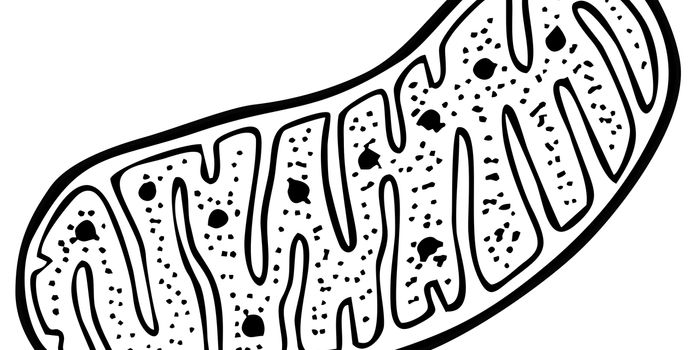Researchers Discover Aberrant Proteins That Trigger Lupus
The human immune system is incredibly complex, and healthy immune systems must be able to ignore cells of the self while also rapidly responding to pathogens that are detected in the body; that response also has to be turned off when it is no longer needed. These processes involve a complicated system of cells and signaling molecules. When they go awry for any number of reasons, autoimmune diseases can arise. These diseases are often very difficult to treat, and many medications for autoimmune diseases can also compromise the immune system, and weaken its ability to react to infections.
Lupus is one of those challenging autoimmune conditions that can be very tough to treat effectively. It can cause inflammation, fatigue, a facial rash, joint pain, and other problems.
Scientists have now discovered that proteins in the body with a strange structure can activate immune cells to cause a cascade of inflammation, and ultimately, the autoimmune disease lupus. The findings have been reported in Cell.
When the immune system is searching the body for foreign pathogens, it checks structures on cells called antigens. Cells of the self produce unique antigens so the immune system's T cells do not attack the body's cells and tissues; these self antigens come from a portion of DNA known as the major histocompatibility complex II (MHC-II). The MHC-II region has also been linked to lupus.
"T cells have been thought to discriminate between small fragments of protein derived from self and non-self proteins presented on the major histocompatibility complex II (MHC-II), and trained not to respond self-antigens," explained senior study author Hisashi Arase of Osaka University.
But dysfunction can arise in this process. If MHC-II lacks a critical portion known as the invariant chain (Ii), it can end up presenting antigens to T cells that are misfolded and too large, said Arase. These aberrant self-antigens are called neoself-antigens.
Patients with lupus and other autoimmune diseases have been found to carry autoantibodies to neoself-antigens. In this study, the researchers wanted to know more about how T cells were behaving in lupus patients and in a lupus mouse model, when MHC-II lacked the invariant chain (Ii)..
They determined that many T cells in lupus patients were able to identify and react to neoself-antigens. When neoself-antigens were produced in a mouse model, an autoimmune condition similar to lupus was triggered. "The results were striking," said lead study author Shunsuke Mori.
The researchers also studied how T cells were reacting to neoself-antigens in the context of an Epstein–Barr virus (EBV) infection, which is thought to be a risk factor for lupus and other autoimmune diseases. Most people are infected with EBV at some point in their lives, but it usually does not causes symptoms and remains dormant. But that is not always the case.
When EBV was activated in a model, the researchers found that neoself-antigen presentation increased, and Ii expression was reduced. This caused T cells to react against the body's own tissues. This might help explain how EBV can trigger or exacerbate lupus.
This study has shown that T cells can differentiate between self- and neoself-antigens, and neoself-antigens are not seen as self antigens, which leads to autoimmunity when neoself-antigens are presented, said Arase.
These novel insights will hopefully lead to better treatments for lupus patients, now that we may know why the body attacks itself in this disease.
Sources: Osaka University, Cell









